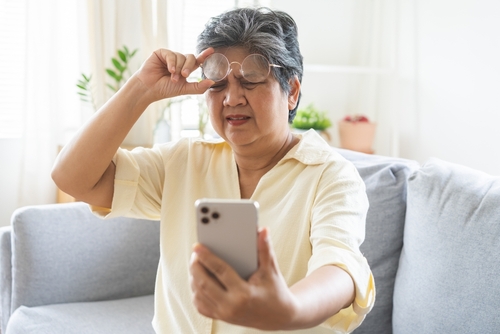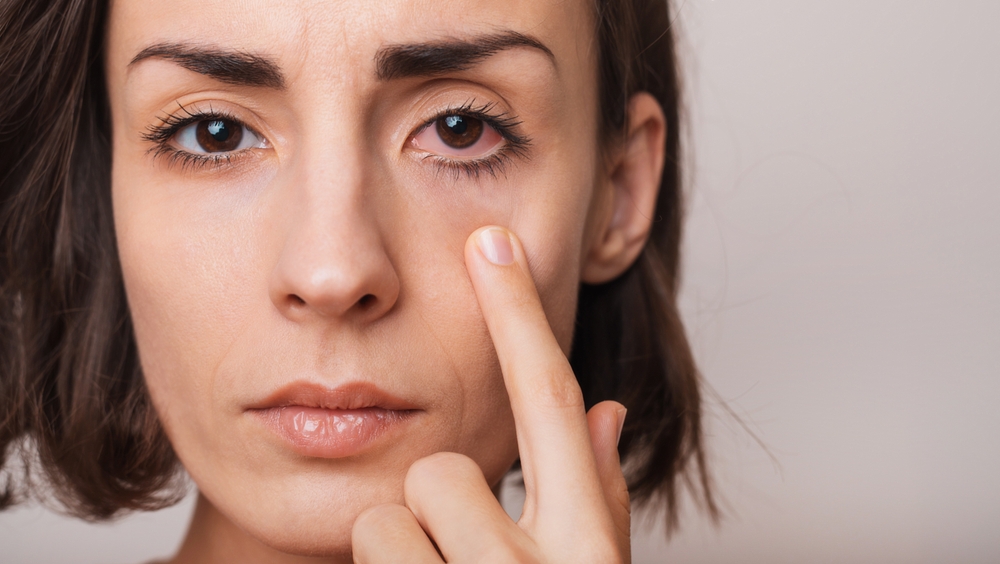Enclave Vision Blog
Learn more about optometrist care in our blog!

If you’ve been struggling with both astigmatism and presbyopia, you know how challenging it can be to find contact lenses that truly deliver comfort, clarity, and convenience. Fortunately, technology in eye care continues to advance - and one of the most exciting innovations available today is ACUVUE OASYS MAX 1-Day Multifocal for Astigmatism.

If you’ve started holding your phone farther away, struggling to read menus, or noticing that small print isn’t as sharp as it used to be, you’re not alone. This normal change—called presbyopia—happens to nearly everyone in their 40s and 50s as the natural lens inside the eye becomes less flexible.

As parents, we do everything we can to safeguard our children’s health, but eye care is often overlooked. With more time spent outdoors and increasing reliance on digital devices for school, entertainment, and socializing, children’s eyes are exposed to potential risks that can impact their long-term vision. Two of the most important factors to keep in mind are UV protection and screen time management.

If you’ve noticed that reading menus, books, or text messages requires you to hold them farther away than before, you’re not alone. This common age-related change in vision is called presbyopia, and it typically begins to affect people in their early to mid-40s.

Do you find yourself constantly rubbing your eyes, hoping the redness and discomfort will fade? While seasonal allergies are a common cause of red, irritated eyes, they’re far from the only culprit. Persistent eye irritation can signal an underlying issue that may need professional attention. Understanding the potential causes and knowing when to see your eye doctor is key to protecting your vision and comfort.

Blurry vision might seem like a harmless annoyance, something you attribute to tired eyes, long hours on the computer, or a poor night’s sleep. But when your vision doesn’t clear up or begins to worsen, it could be a sign of an underlying issue that should not be ignored. At Enclave Vision, we encourage patients to take any change in their vision seriously. What may start as a subtle blur can sometimes point to more significant eye health concerns.

Orthokeratology, commonly known as Ortho-K, is a non-surgical vision correction method that is quickly gaining popularity as an alternative to traditional eyeglasses and contact lenses. These specially designed gas-permeable lenses are worn overnight to gently reshape the cornea, allowing for clear vision throughout the day without the need for daytime corrective wear. But how does Ortho-K compare to standard glasses and contacts?

Good vision plays a vital role in a child’s early development, from learning to walk and recognizing faces to reading and writing at school. Yet, many parents aren’t sure when their child should first see an eye doctor. At Enclave Vision, we’re here to help guide families through every stage of their child’s eye care journey.

As a parent, noticing changes in your child’s vision or behavior can be concerning—especially when it affects their performance in school or their confidence during daily activities. One of the most common vision conditions among children is myopia, also known as nearsightedness. Understanding what it is, the signs to watch for, and how to manage it can help your child maintain healthy vision for life.

Dry eye syndrome is a common and often frustrating condition that affects millions of people. Among the latest innovations, OptiLight Intense Pulsed Light (IPL) therapy is gaining attention for its effectiveness in treating dry eye, particularly in cases caused by MGD. But how does it compare to traditional treatments such as punctal plugs, tear-stimulating eye drops, anti-inflammatory drugs, and specialty contact lenses?











